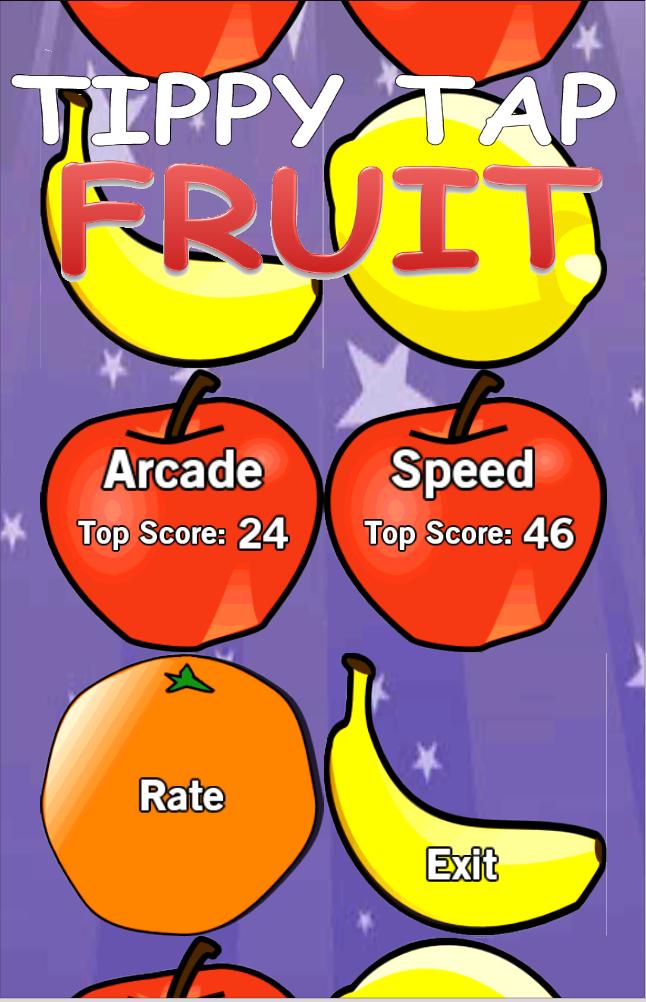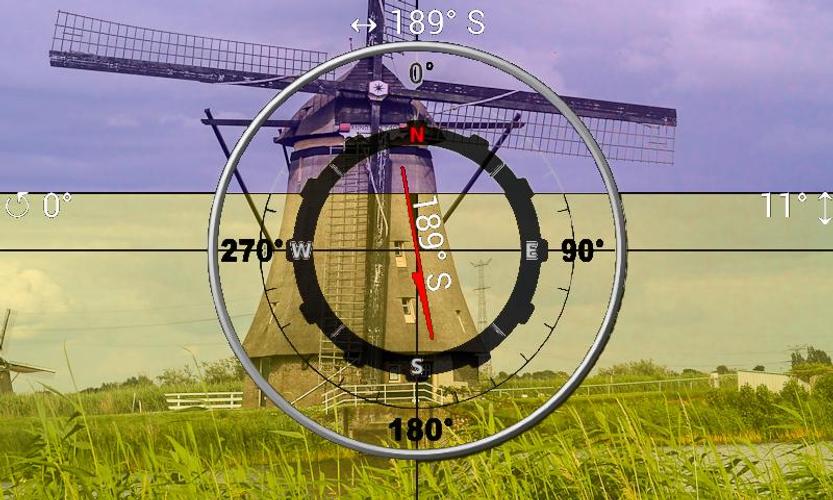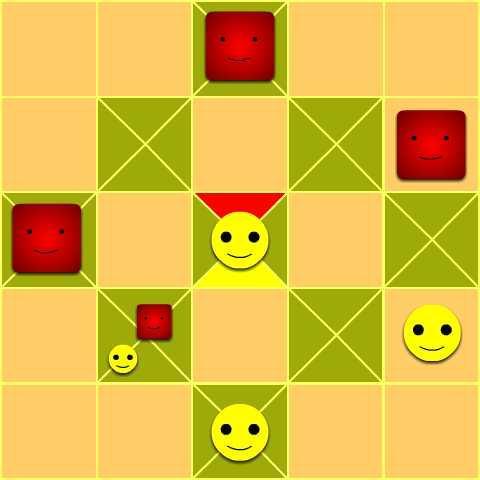
Discern Game Planeta Planet เป็นการประท้วงของจักรวาลที่วนเวียนอยู่กับดาวหรือเหลือที่เหลืออยู่ซึ่งมีขนาดใหญ่พอที่จะปรับด้วยแรงโน้มถ่วงของตัวเองฉัน
 เวอร์ชัน
4.0
เวอร์ชัน
4.0
 ชื่อแพ็กเกจ
com.ads.uk.planetarium
ชื่อแพ็กเกจ
com.ads.uk.planetarium
 หมวดหมู่
กลยุทธ์บัตร
หมวดหมู่
กลยุทธ์บัตร
 ขนาด
19.47MB
ขนาด
19.47MB
 วันที่เผยแพร่
August 29, 2025
วันที่เผยแพร่
August 29, 2025
DISCERN GAME PLANET
A planet is a cosmic protest circling a star or stellar leftover that
is sufficiently enormous to be adjusted by its own gravity,
is not sufficiently gigantic to bring about atomic combination, and
has cleared its neighboring area of planetesimals.[a][1][2]
The term planet is old, with binds to history, soothsaying, science, mythology, and religion. A few planets in the Solar System can be seen with the stripped eye. These were viewed by numerous early societies as heavenly, or as emissaries of divinities. As logical information propelled, human view of the planets changed, consolidating various different articles. In 2006, the International Astronomical Union (IAU) formally received a determination characterizing planets inside the Solar System. This definition is questionable on the grounds that it bars numerous objects of planetary mass in view of where or what they circle. แม้ว่าจะมีร่างดาวเคราะห์แปดดวงที่พบก่อนปี 1950 ยังคง "ดาวเคราะห์" ภายใต้คำจำกัดความที่ทันสมัยบางร่างของสวรรค์เช่นเซเรส, พัลลา, จูโน่และเวสต้า (แต่ละครั้งการประท้วงในแถบหินอวกาศที่มุ่งเน้นดวงอาทิตย์)
The planets were thought by Ptolemy to circle Earth in deferent and epicycle movements. ทั้งๆที่ความจริงที่ว่าดาวเคราะห์วนรอบดวงอาทิตย์ได้รับการเสนอตามปกติมันไม่ได้จนกว่าศตวรรษที่สิบเจ็ดที่มุมมองนี้ได้รับการสนับสนุนจากการพิสูจน์จากการรับรู้กาแล็คซี่ที่ปรับได้หลักดำเนินการโดยกาลิเลโอกาลิลี ในเวลาเดียวกันผ่านการตรวจสอบข้อมูลการรับรู้ก่อนการปรับตัวที่รวบรวมโดย Tycho Brahe โยฮันเนสเคปเลอร์พบว่าวงกลมของดาวเคราะห์ไม่ได้กลม แต่โค้ง เมื่ออุปกรณ์สังเกตการณ์เพิ่มขึ้นผู้เชี่ยวชาญด้านอวกาศเห็นว่าคล้ายกับโลกดาวเคราะห์หันไปรอบ ๆ Tomahawks ที่เอียงและองค์ประกอบร่วมกันบางอย่างเช่นท็อปส์ซูน้ำแข็งและฤดูกาล ตั้งแต่ต้นยุคอวกาศการรับรู้อย่างใกล้ชิดโดยการทดสอบอวกาศพบว่าโลกและดาวเคราะห์สำรองแบ่งปันคุณภาพเช่นภูเขาไฟพายุเขตร้อนการแปรสัณฐานและแม้กระทั่งอุทกวิทยา
Planets are for the most part separated into two principle sorts: extensive low-thickness monster planets, and littler rough terrestrials. Under IAU definitions, there are eight planets in the Solar System. ทั้งหมดอยู่ด้วยกันของการขยายการแยกจากดวงอาทิตย์พวกเขาเป็นสี่ภาคพื้นดิน, ปรอท, วีนัส, โลกและดาวอังคารจากนั้นดาวมอนสเตอร์สี่ดาวพฤหัสบดีดาวพฤหัสบดีดาวเสาร์ดาวยูเรนัสและดาวเนปจูน Six of the planets are circled by at least one common satellites.
More than two thousand planets around different stars ("extrasolar planets" or "exoplanets") have been found in the Milky Way. เริ่มต้นเมื่อวันที่ 1 ตุลาคม 2559 ดาวเคราะห์ที่มีชื่อเสียง 3,532 ดาวใน 2,649 เฟรมเวิร์กดาวเคราะห์ (นับ 595 เฟรมเวิร์กดาวเคราะห์จำนวนมาก) มีขนาดจากการวัดของดวงจันทร์ไปจนถึงกอร์อ ธ from the Sun, ie in the livable zone.[3][4] เมื่อวันที่ 20 ธันวาคม 2011 กลุ่มกล้องโทรทรรศน์อวกาศเคปเลอร์รายงานการเปิดเผยของดาวเคราะห์ Extrasolar ขนาดใหญ่ขนาดใหญ่ของโลก Kepler-20e [5] และ Kepler-20F, [6] วงกลมดาวคล้ายดวงอาทิตย์ Kepler-20. [7] [8] [9] [9] รายงานล่าสุดการตรวจสอบข้อมูล microlensing แรงโน้มถ่วงประเมินค่าปกติไม่น้อยกว่า 1.6 ดาวเคราะห์หัวสำหรับแต่ละดาวในทางช้างเผือก [10] Around one in five Sun-like[b] stars is thought to have an Earth-sized[c] planet in its habitable[d] zone.


























